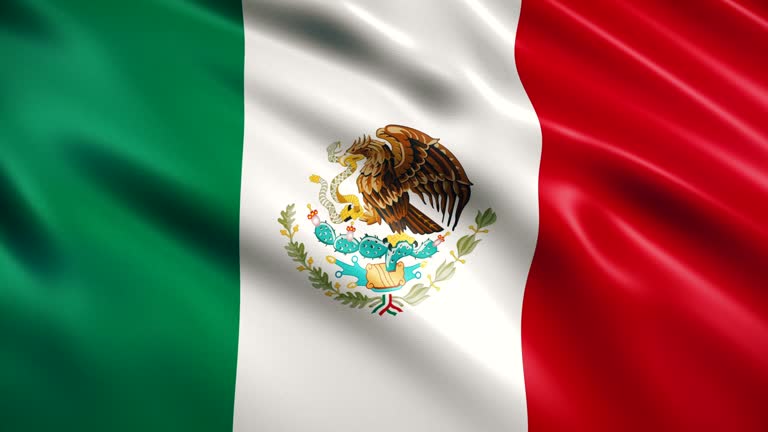Building global access to decentralized finance (DeFi) is often held back by a familiar roadblock: fiat on-ramps. For DeFi startups operating across emerging markets, integrating traditional banking infrastructure is slow, costly, and fraught with compliance risks. But one blockchain startup found a better way.
This case study explores how a fast-growing DeFi startup enabled fiat-to-crypto access in 8 countries without relying on local banking relationships—using TransFi’s on-ramp API. The result: borderless onboarding, compliant fiat-to-USDC payments, and instant user access to DeFi platforms.
The Problem: DeFi Needs Fiat Access, But Banks Are a Bottleneck
DeFi applications are designed to be borderless and permissionless. But for most users, getting into DeFi starts with fiat currency—and here’s where things break down.
DeFi startups typically face:
- Lengthy and expensive banking integrations
- Regulatory limitations across jurisdictions
- FX and remittance friction
- Lack of unified infrastructure to serve multiple markets
This means most DeFi platforms are either limited to crypto-native users or forced to integrate one local banking partner at a time—a process that doesn’t scale.
The Startup: A Cross-Border Yield Aggregator With Global Ambitions
The startup (name confidential for compliance) is a DeFi yield aggregator designed to offer access to USDC-based staking products. Its user base spans:
- Latin America (Brazil, Mexico)
- Africa (Kenya, Nigeria)
- Southeast Asia (Philippines, Indonesia)
- Eastern Europe (Turkey)
To scale, the company needed a way to let non-crypto users in these markets buy stablecoins (USDC) and fund their DeFi wallets—without opening local bank accounts or creating local legal entities.
The Solution: TransFi’s DeFi On-Ramp API
By integrating TransFi’s on-ramp API, the DeFi startup was able to launch fiat-to-crypto access in 8 countries—with no need for direct bank partnerships.
Key Features Enabled:
- Local payment rails in multiple currencies (e.g., MXN, NGN, PHP, TRY)
- User-friendly on-ramp UI embedded inside the dApp
- Conversion of fiat to USDC or USDT
- Compliance checks handled by TransFi (KYC, AML)
- Real-time transaction tracking and support
All this was accomplished through one single integration, saving months of dev time and bypassing complex banking negotiations in each country.
How It Worked: Step-by-Step
Step 1: API Integration
The dev team integrated TransFi’s plug-and-play API into the app’s onboarding and funding flow.
Step 2: User KYC & Onboarding
Users from supported countries could verify their identity using TransFi’s KYC partner flow.
Step 3: Local Fiat Payments
TransFi enabled payments via mobile money, bank transfers, or local wallets, depending on the market.
Step 4: Instant USDC Access
Users received USDC directly into their DeFi wallet—ready to stake, trade, or save within minutes.
Business Impact:
- 40% increase in daily active users within the first 60 days
- 25% rise in conversion rate from new-user registration to USDC deposit
- Enabled marketing campaigns targeting fiat users, not just crypto natives
Why TransFi Works for DeFi Startups
TransFi is designed for crypto-first businesses that want to enable global access without building out a global bank network. Its infrastructure empowers DeFi products to:
- Serve emerging markets where stablecoins are in high demand
- Remain non-custodial and decentralized
- Avoid regulatory complexity by partnering with TransFi’s compliance engine
- Scale faster with one unified API
Whether you're building a DEX, wallet, savings protocol, or yield platform, TransFi helps you remove the biggest friction point: fiat entry.
Challenges and Considerations
While TransFi significantly reduces infrastructure hurdles, DeFi builders should keep in mind:
- Education: Users new to crypto need clear onboarding flows.
- Regulatory differences: TransFi navigates this via local partnerships, but staying informed is critical.
- Network fees: Depending on the chain used, stablecoin transfers may vary in speed and cost.
- UX optimization: Embedding on-ramps in-app requires thoughtful UX/UI planning.
That said, the value of enabling fiat-to-USDC access without a single banking integration far outweighs the lift.
The Future: Borderless Crypto Access via DeFi + TransFi
As stablecoins like USDC gain momentum globally, DeFi platforms that integrate frictionless on-ramps will gain a competitive edge. Especially in regions with:
- High inflation
- Underbanked populations
- Strong mobile-first payment systems
TransFi’s infrastructure plays a key role in unlocking the next wave of DeFi adoption—where users don't need a crypto wallet or a bank account to participate.
Expect to see:
- More wallets and dApps embedding TransFi for fiat access
- Expansion into 20+ new countries with local payment rails
- Growth in cross-border savings and remittances via DeFi tools
- Crypto-native user experiences for non-crypto-native users
Also read: Philippines’ Payment Rails & How They Work – From InstaPay, PESONet to GCash, Maya & Real-Time Transfers
Conclusion
This case study shows how a DeFi startup overcame the barriers of fiat access and banking limitations across 8 countries—all without opening a single local bank account. By integrating TransFi’s DeFi on-ramp API, the company rapidly scaled its reach, onboarded new users in local currencies, and allowed instant access to USDC-powered decentralized finance.
For any DeFi builder looking to launch or scale in emerging markets, TransFi offers the infrastructure to turn global access from idea into reality—faster, cheaper, and without the bank.
FAQs
Can DeFi platforms legally use fiat on-ramps via TransFi?
Yes. TransFi partners with licensed payment providers and manages KYC/AML compliance per region.
What fiat currencies does TransFi support?
Currencies like MXN, NGN, TRY, PHP, and others—depending on the local market integration.
What stablecoins are supported?
USDC and USDT, with optional blockchain selection (e.g., Ethereum, Tron, Polygon).
Is this integration custodial?
No. TransFi allows funds to be sent to non-custodial wallets—perfect for DeFi use cases.
How long does it take to go live with TransFi?
Typically less than 2 weeks with full technical support for API integration.
Table of Contents
Suggested Article
Explore our products

Make global payments at the speed of a click

Accept payments, remove borders.

Unlock Seamless Digital Currency Transactions Anywhere








.png)














